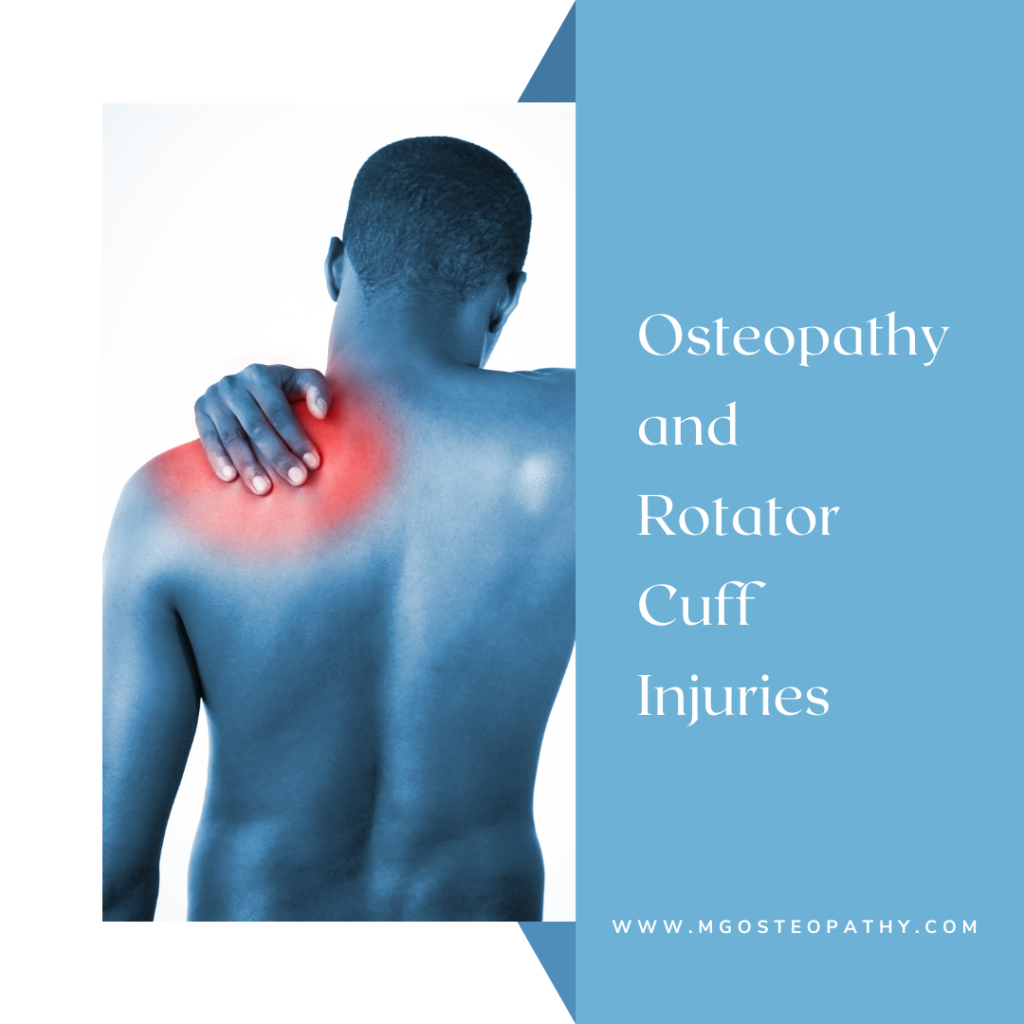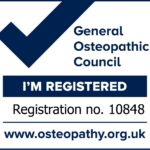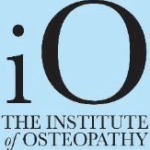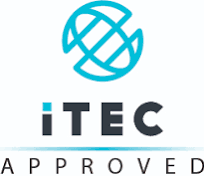Rotator cuff injuries are a common cause of shoulder pain and limited mobility, frequently affecting athletes, manual labourers, and even office workers. These injuries, which can range from tendonitis and bursitis to partial or complete tears, often result from overuse, trauma, or age-related degeneration. If left untreated, rotator cuff injuries can lead to chronic pain and a significantly reduced quality of life.
Understanding the Rotator Cuff Muscles
The rotator cuff is a group of four muscles that stabilize and move the shoulder joint: the Supraspinatus, Infraspinatus, Teres minor, and Subscapularis.
- Supraspinatus: Located at the top of the shoulder, it initiates arm lifting.
- Infraspinatus: Positioned below the supraspinatus, it handles external shoulder rotation.
- Teres Minor: A small muscle that aids in external rotation and shoulder stability.
- Subscapularis: The largest rotator cuff muscle, responsible for internal rotation.
These muscles work together to support shoulder movements and maintain joint stability.
Signs & Symptoms
- Pain: Especially when lifting the arm, reaching overhead, or lying on the affected shoulder.
- Weakness: Difficulty with lifting or rotating the arm, leading to a reduction in shoulder strength.
- Stiffness: Limited range of motion in the shoulder, making it challenging to perform routine tasks.
- Clicking or Popping: Sensation of clicking or popping when moving the shoulder.
- Night Pain: Discomfort that worsens at night, often disrupting sleep.
These symptoms can range from mild to severe, depending on the extent of the injury. Early intervention with Osteopathic care can help manage these symptoms effectively and prevent further damage.
Osteopathy for Rotator Cuff Injuries
Osteopathy offers a holistic approach to managing rotator cuff injuries by focusing on the body’s innate ability to heal itself. At MG Osteopathy, treatment plans are tailored to each individual’s needs, incorporating advanced therapies such as Shockwave therapy and Dry needling, along with traditional Osteopathic care.
- Shockwave Therapy: This treatment uses high-energy sound waves to stimulate blood flow, reduce pain, and promote the regeneration of damaged tissues. It’s particularly effective for chronic conditions like calcific tendonitis, where conventional treatments may not be sufficient.
- Dry Needling: This technique targets specific trigger points in the muscles to relieve pain, reduce muscle tension, and enhance circulation. Unlike acupuncture, which is based on traditional Chinese medicine, dry needling is rooted in modern anatomical and physiological principles, making it a precise tool for treating musculoskeletal issues like rotator cuff injuries.
Protocol for Acute Rotator Cuff Injuries
For acute rotator cuff injuries, MG Osteopathy follows a structured protocol aimed at reducing pain and inflammation while promoting healing:
- Rest and Protection: Initially, rest and protection of the injured shoulder are crucial to prevent further damage. This may involve avoiding overhead activities and using a sling to immobilise the shoulder temporarily.
- Pain Management: Gentle osteopathic techniques are employed to alleviate pain and reduce inflammation. These may include soft tissue massage, gentle mobilization, and the application of ice or heat.
- Gradual Mobilisation: As the acute phase subsides, the focus shifts to restoring shoulder mobility. This involves gentle range-of-motion exercises tailored to the patient’s tolerance level, avoiding any movements that exacerbate pain.
- Shockwave Therapy: If appropriate, Shockwave therapy may be introduced to enhance tissue repair and reduce pain.
- Strengthening Exercises: Once pain is under control and mobility is improved, specific exercises are introduced to strengthen the rotator cuff muscles and stabilize the shoulder joint. This is crucial for preventing re-injury.
- Dry Needling: To address muscle tightness and trigger points that may develop as a result of the injury, dry needling can be incorporated to relieve tension and enhance muscle function.
- Education and Prevention: Patients are educated on proper shoulder mechanics and given advice on modifying activities to avoid future injuries.
Comprehensive Care for Long-Term Recovery
These advanced therapies are integrated into a comprehensive Osteopathic care plan that includes manual techniques, rehabilitation exercises, and lifestyle advice. This multi-faceted approach not only addresses the immediate symptoms but also targets the underlying causes of rotator cuff injuries, ensuring long-term recovery and preventing future problems.
If you’re dealing with an acute rotator cuff injury or chronic shoulder pain, MG Osteopathy can help you restore function and get back to your daily activities pain-free.
@osteopathmurat Do not blame your bed or pillow 🔥✅🔊 Shoulder joints / tissues has most troubled area in human body. All day sitting, watching your Netflix and using your mobile not helping at all. Changing or adapting or daily habits help to recover from shoulder pain. Shoulder can be cause of your neck pain. #shoulderpain #shoulderpainrelief #omuzagrilari #pain #rotatorcuffinjury #osteopath #massage #masaj
♬ Calm Beat – Pasha Velchev





